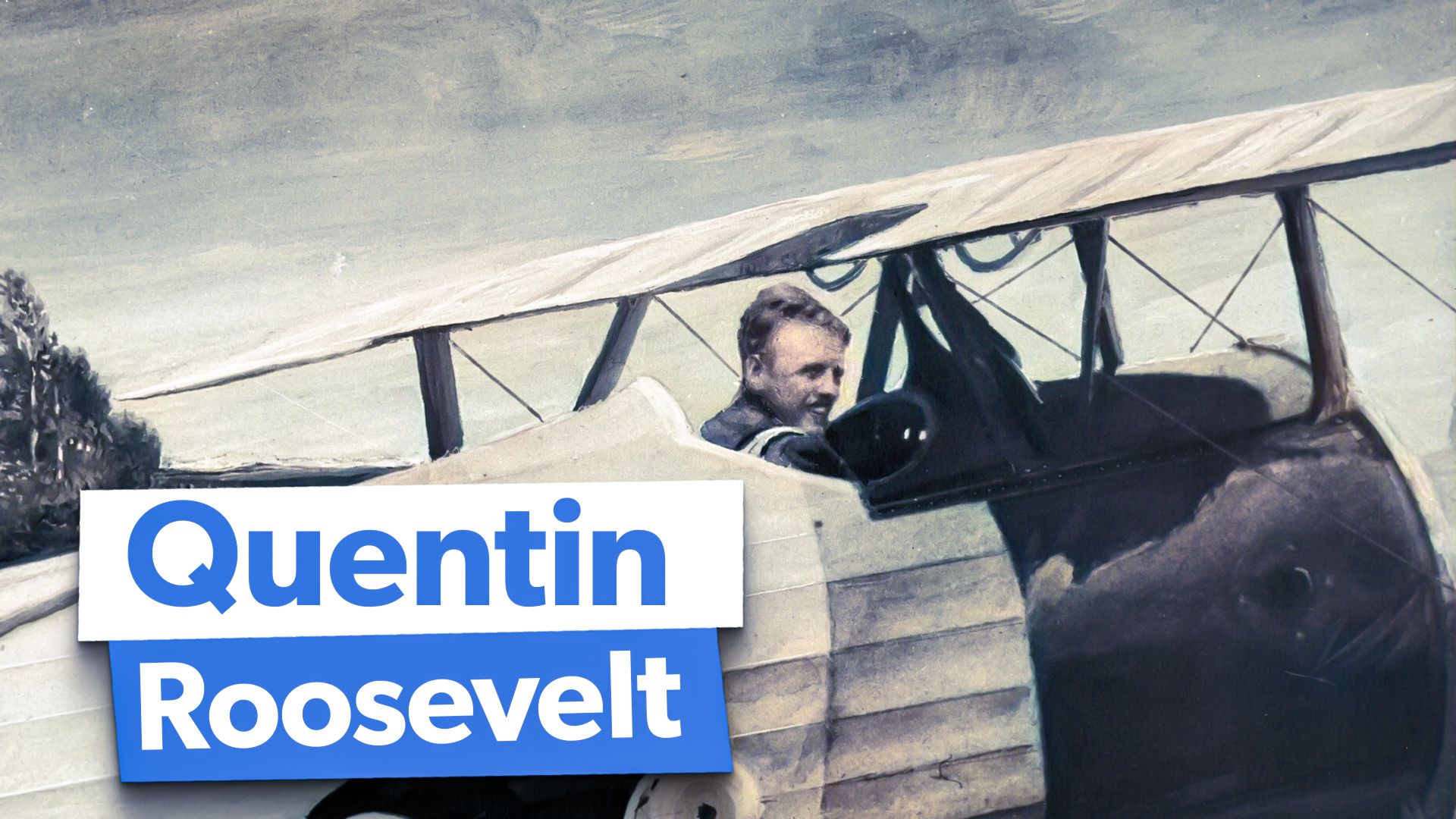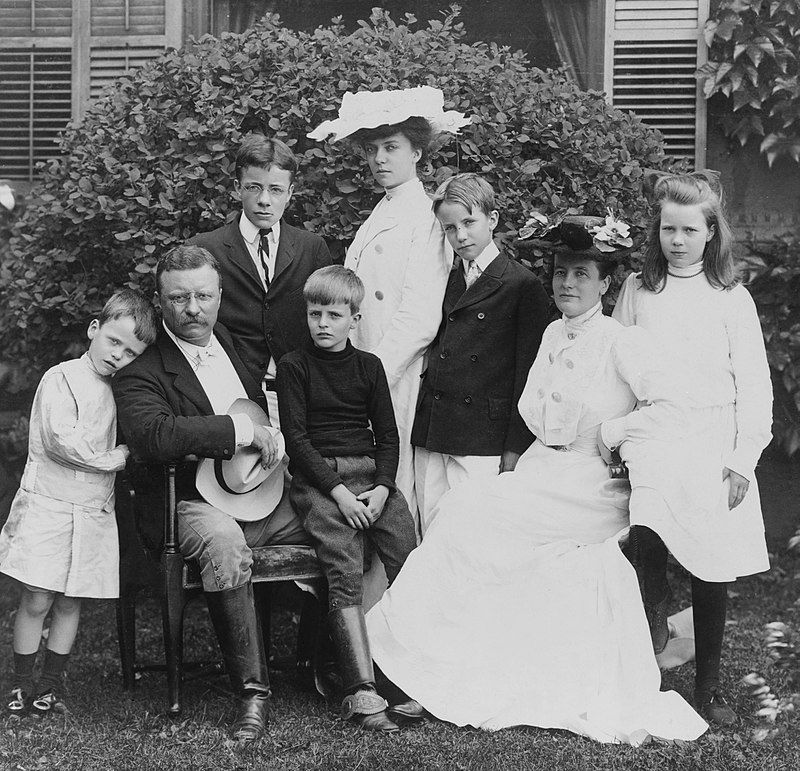Summary
- Only two former US Presidents served as military aviators: Bush 41 and Bush 43.
- The tragic story of Quentin Roosevelt, lost in WWI aerial combat.
- Quentin was a skilled fighter pilot, gaining a confirmed kill before his untimely death.
Though many former Presidents of the United States (POTUS) have served in the U.S. Armed Forces, only two were military aviators. They were both Bushes: (1) George Herbert Walker Bush (AKA “Bush 41”), who, as the youngest U.S. Navy pilot (or Naval Aviator, to use the USN’s preferred terminology) of the Second World War, flew the prop-driven Grumman TBF Avenger torpedo bomber; and (2) his son, George Walker Bush (AKA “Bush 43” AKA “Dubya”), who flew the Convair F-102 Delta Dagger for the Air National Guard (ANG) from 1968 to 1974.
However, only one former POTUS endured the tragedy of losing a son during combat, and by cruel twist of fate (from an aviation history buff’s standpoint, that is), that lone lost son was a combat aviator. That President was Theodore “Teddy” Roosevelt AKA “TR” (whose own heroic military service with the Rough Riders during the Spanish-American War predated the Wright Brothers’ first flight by five years), and his son in question was Quentin Roosevelt, a First World War fighter pilot. We now look at Quentin’s story.
There was one other former POTUS who lost a loved one in an aerial combat-related incident: Then-USN LT Joseph P. Kennedy Jr, older brother of JFK — who himself served heroically with the USN in WWII as skipper of the PT-109 — was killed whilst piloting a specially modified B-24 Liberator during a top secret mission.
Quentin Roosevelt’s early life
Quentin Roosevelt I was born on November 19, 1897, to Theodore and Edith Roosevelt, a mere seven months before his dad’s famous Rough Rider exploit. Master Quentin was three years of age when his old man first took up residency in the Oval Office.
Inheriting his father’s intellectual prowess, Quentin gained admission to Harvard (or “HAAH-va’d, if you prefer) College in 1915. However, he ended up not graduating from that hallowed Ivy League institution, as the trumpets of WWI came a-calling, and, inspired by the military service of not only his father but his three older brothers — Theodore III AKA “Ted” (born 1887), Archibald AKA “Archie” (born 1894), and Kermit (born 1889) — all of whom had military training prior to WWI, Quentin answered that call.
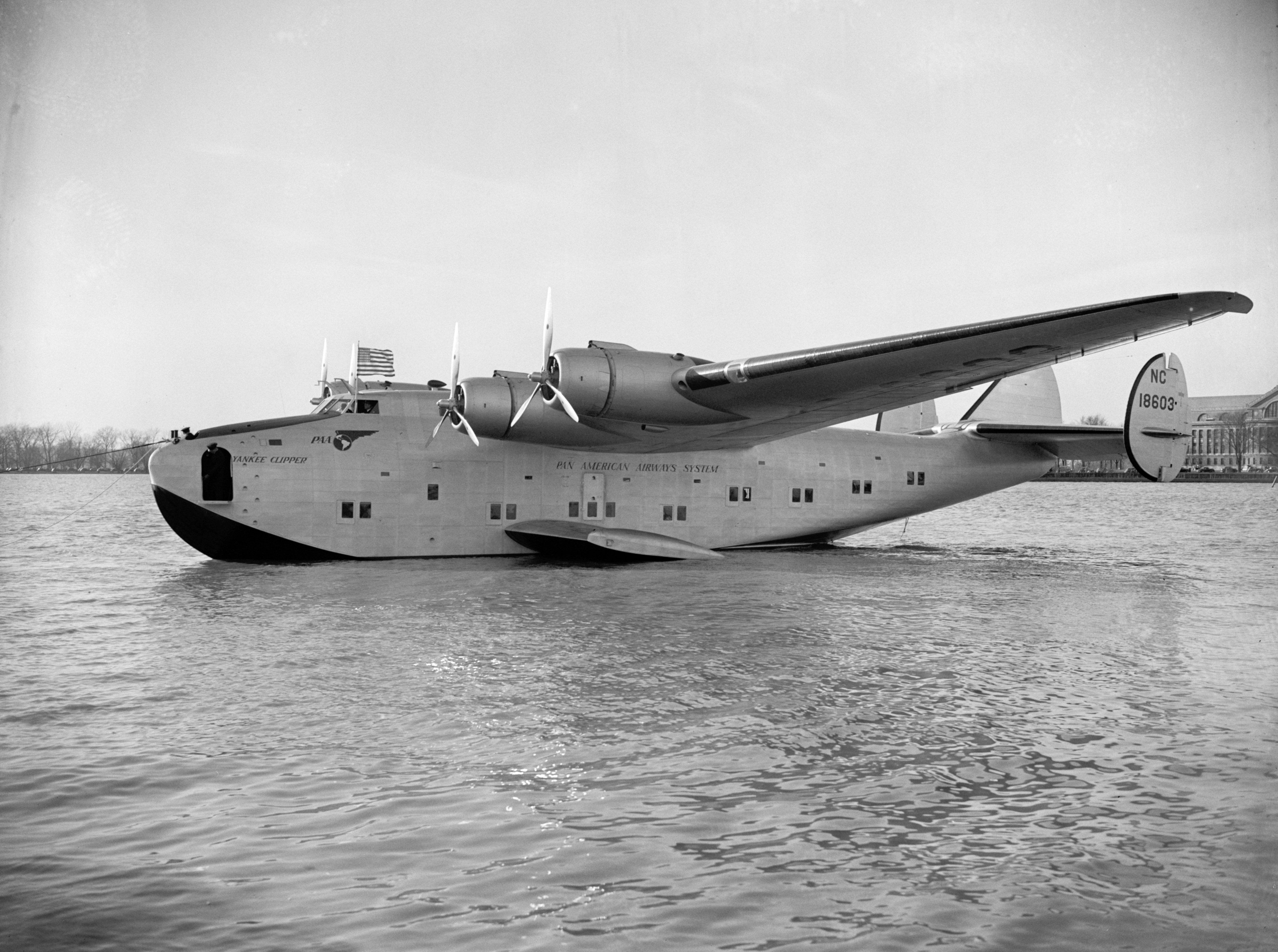
Related
80 Years Ago Today Franklin D. Roosevelt Became The First US President To Travel By Air For Work
The first ever Presidential flight took place in 1943 when President Roosevelt flew on a Pan Am Boeing 314 flying boat.
Quentin’s initial WWI service and his plane of service
More specifically, in 1915, Quentin attended a camp organized by Maj. Gen. Leonard Wood, from there, initially serving with the 1st Reserve Aero Squadron, training in Long Island, New York before being deployed “Over There” to France as a lieutenant. Soon enough, he earned his pilot wings with the 95th Aero Squadron, a part of the 1st Pursuit Group.
Quentin ended up piloting the French-built Nieuport 28 C.1 fighter, a biplane which made her maiden flight in June 1917, was a sister craft to two other successful Nieuport warbirds — the Nieuport 17 and 23 — and had the following vital stats:
|
Fuselage Length |
21 ft 4 in (6.5 m) |
|
Wingspan |
26 ft 9 in (8.16 m) |
|
Wing area |
70 sq ft (15.8 m2_) |
|
Height |
8 ft 2 in (2.5 m) |
|
Empty weight |
1,047 lb (475 kg) |
|
Gross weight |
1,235 lb (560 kg) |
|
Max airspeed |
(198 km/h; 107 kn) at 6,600 ft (2,000 m) |
|
Range |
17,400 ft (349 km; 188 nmi) |
|
Service ceiling |
17,400 ft (5,300 m) |
|
Armament |
Two forward-firing .303 caiber (7.7mm) Vickers machine guns |
Though the Nieuport 28 attained neither the fame nor the impressive kill tally of the British Sopwith Camel, she was still a very capable fighter plane in her own right. Fit for a king…or perhaps more accurately in this instance, fit for the son of a POTUS.
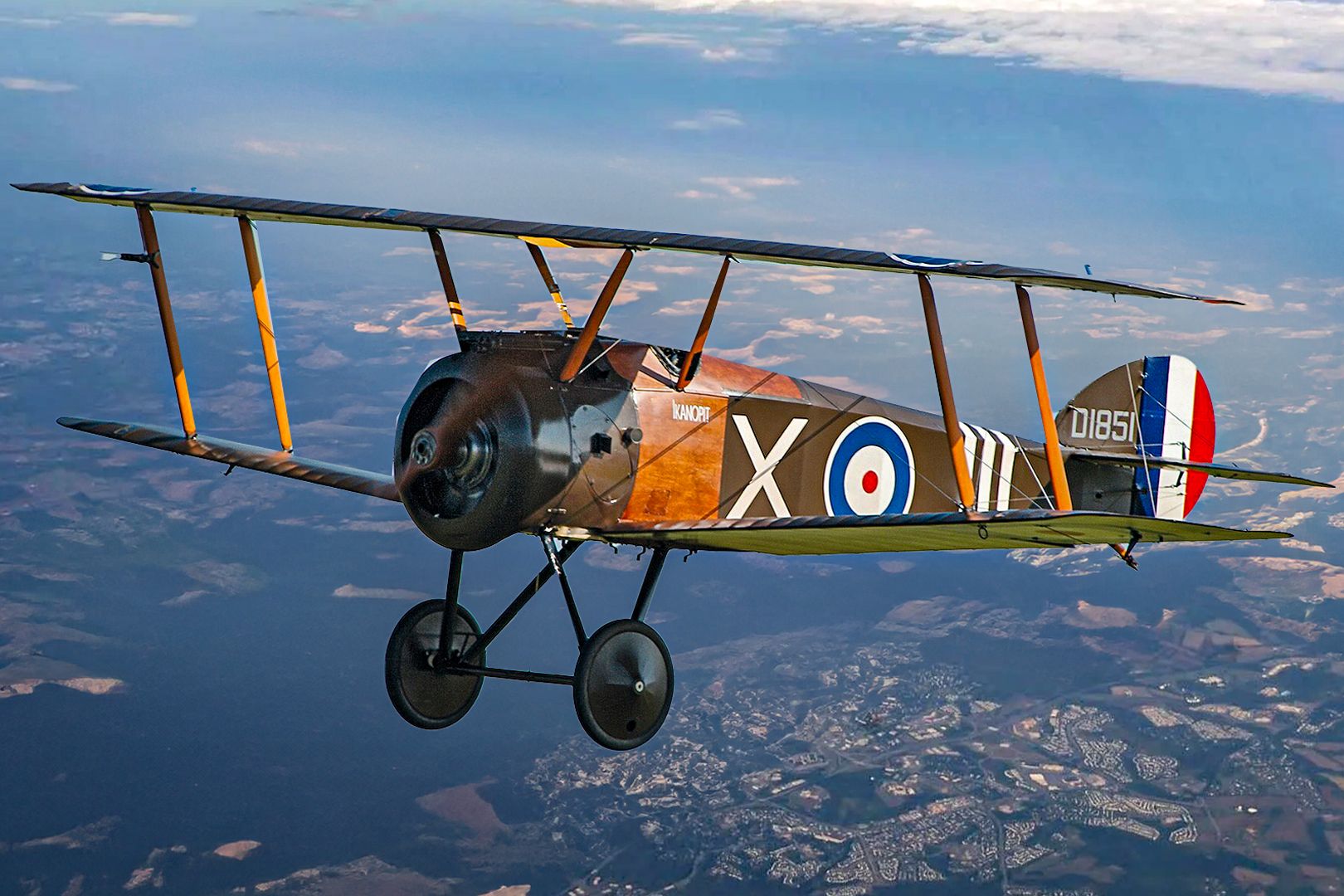
Related
Snoopy’s Dream Plane: Why The Sopwith Camel Is Britain’s Most Famous Fighter Of WWI
The Sopwith Camel is Britain’s most iconic WWI fighter. Partially for its real-world achievements, and partially thanks to a beloved cartoon dog.
Quentin’s first kill…and death
As you have already surmised from the title of this article, Quentin’s story does not have a happy ending. But if there was any consolation to his father, it was the knowledge that his youngest son didn’t go down with a fight. As an April 30, 2024 article for War History Online notes:
“Once in the air, Quentin Roosevelt showed his prowess as a combat pilot, securing his first confirmed kill on July 10, 1918, during the German Spring Offensive. ”
However, the article notes that Lt. Roosevelt had a knack for recklessness that had plagued him since childhood, that perhaps provided some degree of foreshadowing for his eventual untimely fate:
“[W]ith fellow pilot and Medal of Honor recipient Capt. Eddie Rickenbacker once commenting: ‘He was reckless to such a degree that his commanding officers had to caution him repeatedly about the senselessness of his lack of caution. His bravery was so notorious that we all knew he would either achieve some great spectacular success or be killed in the attempt. Even the pilots in his own flight would beg him to conserve himself and wait for a fair opportunity for a victory. But Quentin would merely laugh away all serious advice.’”
Thus it was that on July 14, 1918 (a mere four days after bagging that first kill, and four months shy of both his 21st birthday and the end of the war) that Lt. Quentin was killed in action at the hands of the Germans over a Chamery, a commune in the Marne department in northeastern France. The War History Online article elaborates:
“He was hit by two machine gun bullets, which pierced his head, killing him. The Nieuport 28 C.1 he was piloting crashed and was recovered by the Germans…It hasn’t been confirmed who, exactly, was responsible for taking out Theodore Roosevelt’s son. Three German pilots have been given credit throughout history, but none of them have been concretely determined to have been the person. They are: Sgt. Carl Graeper, Lt. Karl Thom and Lt. Christian Donhauser.”
Legacy and tributes
As is reflective of the chivalry displayed by both sides of the so-called “Great War,” the Germans, upon retrieving Lt. Roosevelt’s remains, buried the brave (dare we say “hotshot”) young flier with full military honors, paying him a particularly poignant homage by marking his grave with cross crafted from two pieces of wood and wire salvaged from his aircraft. Upon that cross, they inscribed the words:
Geehrt und begraben von der kaiserlichen deutschen Armee.”
Honored and Buried by the Imperial German Army.)
After the Allies captured the ground from the Germans en route to their ultimate victory, his grave became a pilgrimage site for thousands of Allied soldiers who were inspired by his bravery; in 1955, his remains were exhumed and reinterred at the World War II American Cemetery in Colleville-sur-Mer.
Among the numerous tributes to Quentin Roosevelt that exist today:
- The community of Quentin, Pennsylvania, in Lebanon County
- A street in Château-Thierry, France named rue Quentin Roosevelt
- Garden City, New York has both a Quentin Roosevelt Boulevard and a Roosevelt Field (formerly an airfield and now site of Roosevelt Field Mall)
- Quentin Roosevelt Blvd. on Naval Air Station (NAS) North Island, San Diego, California
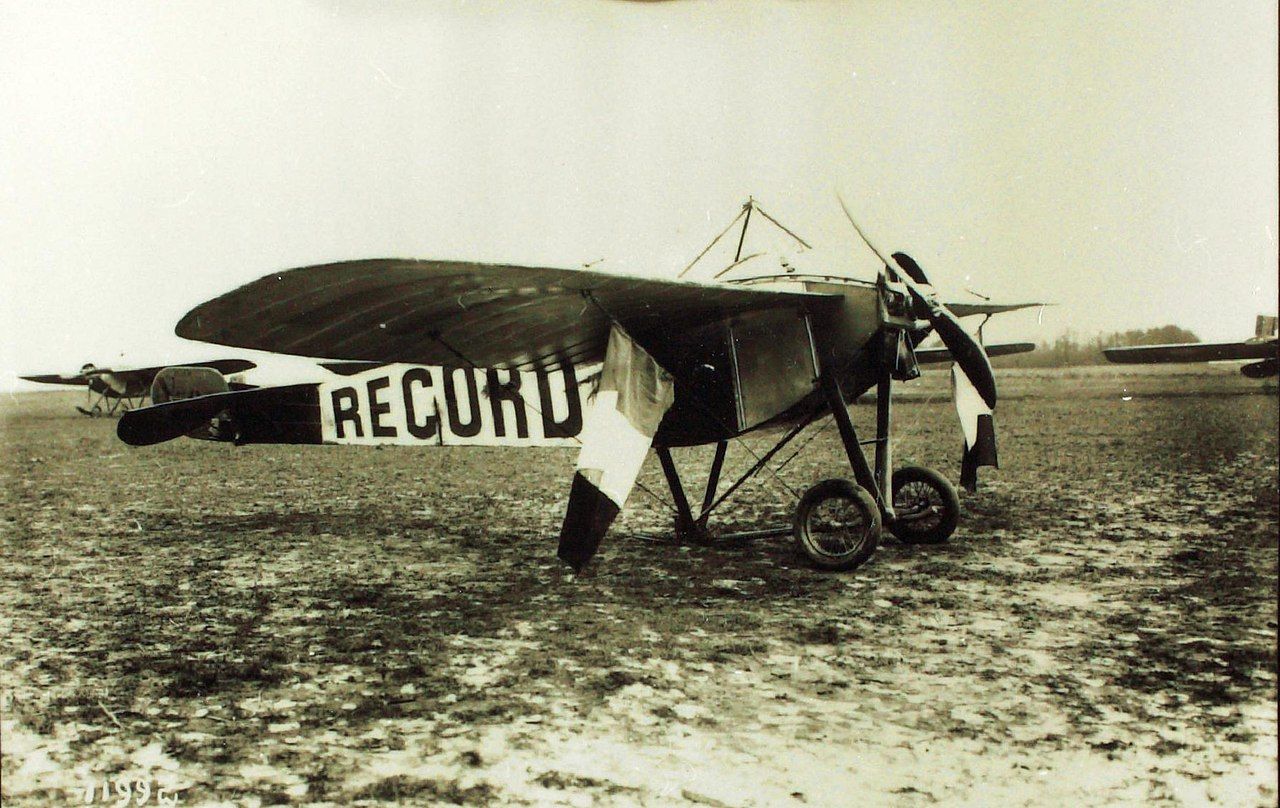
Related
Pre-War Monoplane Racer: A Look At The Nieuport II
The aircraft broke records in the early 20th century.

